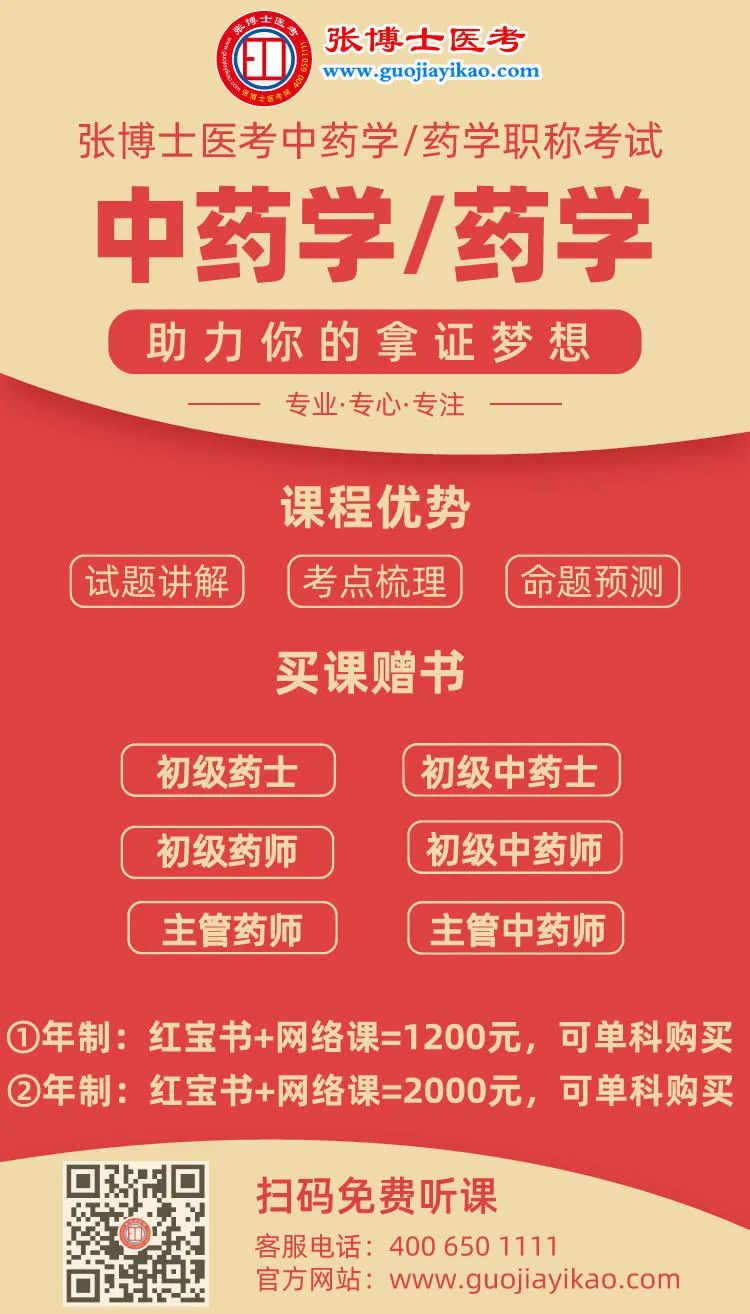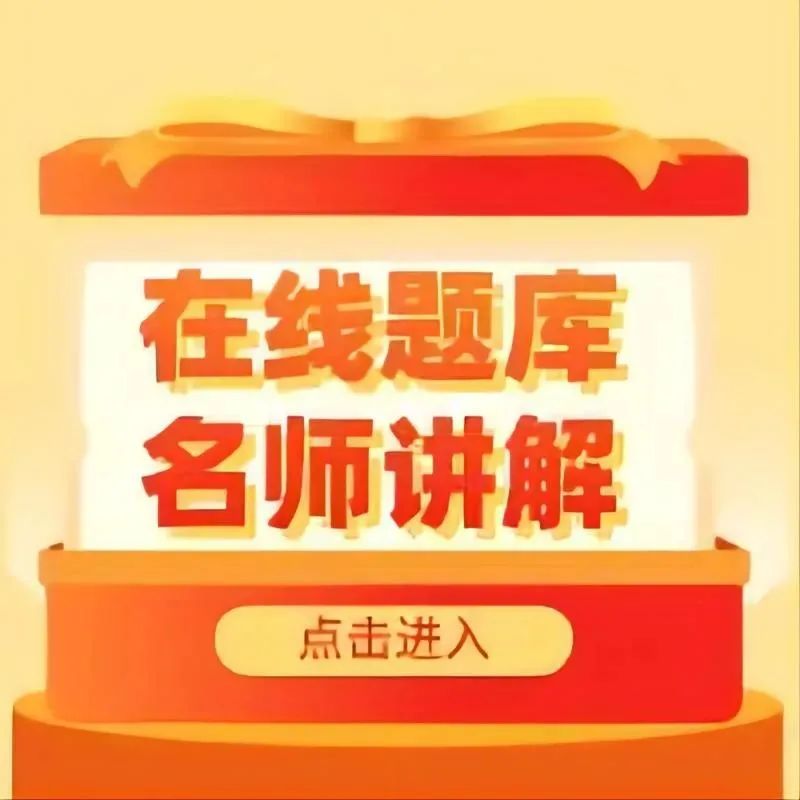
1. What are the bases of ointments?
|
Types of ointment bases |
Classification |
Specific bases |
|
Fatty bases |
Oily types |
Lanolin, vegetable oils, hydrogenated vegetable oils |
|
Waxy types |
Lanolin, beeswax, white wax, spermaceti |
|
|
Hydrocarbon types |
Petrolatum, solid paraffin, liquid paraffin |
|
|
Silicone types |
Dimethylpolysiloxane, toluene polysiloxane |
|
|
Water-soluble bases |
– |
Polyethylene glycol types |
2. Bases of creams
|
Bases of creams |
Specific bases |
|
|
O/W cream bases |
Monovalent soaps |
Sodium soap, potassium soap, amine soap |
|
Fatty alcohol sulfate (ester) sodium types |
Sodium lauryl sulfate |
|
|
Polysorbate types |
Parabens |
|
|
Derivatives of polyethylene glycol ethers |
Polysorbate O, softeners SG, emulsifiers OP |
|
|
W/O cream bases |
Multivalent soaps |
– |
|
Fatty acid sorbitan types |
Sorbitan |
|
|
Others |
Beeswax, cholesterol, stearyl alcohol |
3. Definitions of ointments, eye ointments, plasters, rubber ointments, and gel ointments
(1)Ointment: A uniform semi-solid external preparation made by mixing active pharmaceutical ingredients with fatty or water-soluble bases.
(2)Eye ointment: A sterile semi-solid preparation for ophthalmic use made by uniformly mixing active pharmaceutical ingredients with suitable bases.
(3)Plaster: A preparation made from medicinal slices, edible vegetable oils, and red lead (minium) processed into a paste and applied to backing material for external use on the skin.
(4)Rubber ointment: A preparation made by mixing active pharmaceutical ingredients with rubber bases and applying it to backing material.
(5)Gel ointment: A preparation made by mixing active pharmaceutical ingredients with suitable hydrophilic bases and applying it to backing material.
4. Composition of gel ointments
|
Composition of gel ointments |
Specific content |
|
Backing layer |
Carrier of the base, such as non-woven fabric, artificial cotton fabric, etc. |
|
Anti-adhesion layer |
Protective layer for the ointment, such as polypropylene and polyethylene films, polyester, glass paper, etc. |
|
Ointment body |
Composed of base+medication. The base generally consists of adhesives, moisturizers, excipients, etc.; Common bases include sodium polyacrylate, carboxymethyl cellulose sodium, gelatin, glycerin, and micro-powdered silica. |
5. Which drugs are not suitable for powder formulation?
Drugs that are large in dosage, prone to moisture deterioration; irritating, corrosive drugs, and prescriptions with high volatile components are generally not suitable for powder formulation.
Mnemonic: Gray large is irritating
Gray=prescriptions with high volatile components, large=drugs with large dosages, is=corrosive drugs, irritating=irritating drugs, scratching=moisture=prone to moisture deterioration
6. Dilution powders and their applications
Toxic drugs often require the addition of a certain proportion of diluents to prepare dilution powders (also known as multiple powders) for application.
When preparing dilution powders, the equal increment method should be used for mixing. The dilution ratio of the powders should be determined based on the dosage of the drug, such as:
(1)For dosages between0.01~0.1g, a 10-fold dilution can be prepared (i.e., one part of the drug plus nine parts of excipient).
(2)For dosages between0.001~0.01g, a 100-fold dilution can be prepared (i.e., one part of the drug plus ninety-nine parts of excipient).
(3)For dosages below0.001g, a 1000-fold dilution can be prepared (i.e., one part of the drug plus nine hundred ninety-nine parts of excipient).
Common excipients for dilution powders include lactose, starch, dextrin, sucrose, glucose, calcium sulfate, etc., with lactose being the best.

2022
Morning Report Early Learning
Give yourself an extra chance





Click to enter
◆ Announcement regarding the postponement of the 2022 annual health professional qualification examination and nurse qualification examination◆ “Basic Standards for the Evaluation of Health Professionals’ Titles”◆【Key Points Summary: Related Professional Knowledge】◆Dr. Zhang’s Medical Exam Red Treasure Book Daily Practice●RegisteredPharmacistscanenjoy3600Yuanofindividualtaxdeduction! (Detailsoftheapplicationprocessincluded)●ChinaHumanResourcesExaminationNetwork:2021RegisteredPharmacistExaminationAnnouncementofCommitmentItemsConfirmed!●RegisteredPharmacistsandPharmacistsspecificcontentneedstoknow!!●Implementation of electronic certificates for registered pharmacists, can registered pharmacists register in advance?●Official documents affirming the advantages of dual-certified registered pharmacists!●Good news! 14 provinces have officially announced that registered pharmacists can apply for professional titles!

Remember to follow!



